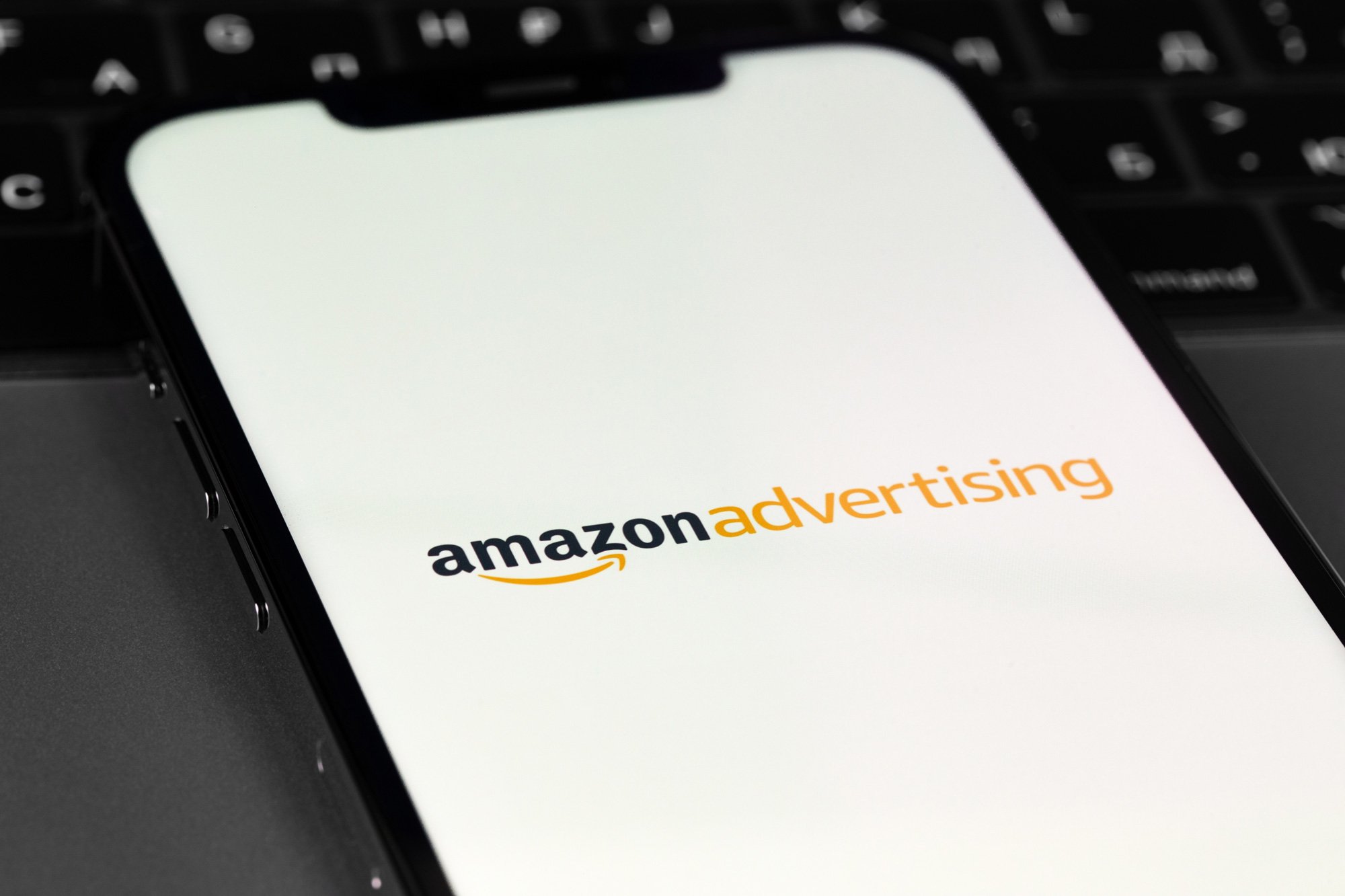RESOURCES
Amazon Updates to Use for 2023 Strategy: Amazon DSP and Amazon Marketing Cloud
Amazon DSP and Amazon Marketing Cloud have been an exciting area of focus in years past, and 2022 was no exception. Both saw new tools, reports and updates, and advertisers are going to want to take advantage of them moving forward. Read below to learn more about Amazon DSP and Amazon Marketing Cloud notable updates.
Audio Ads, previously only available via Managed Services, were rolled out to self-service, giving advertisers the opportunity to reach audiences across ad-supported Alexa enabled devices. This advancement now gives advertisers the ability to retarget consumers who have listened to an audio ad.
More retargeting opportunities were introduced, including retargeting consumers who have read specific Kindle books and consumers who have visited IMDB and viewed content around specific films or people.
A new targeting capability, Contextual Beta, was also introduced. This tool works in two ways: on Amazon, it replicates Sponsored Display product targeting capabilities. However, since DSP can determine the size of the ad unit/placement advertisers are bidding on, they now have greater control over where on the page ads are showing up. Off Amazon, Contextual Beta has targeting technology that reads and comprehends the content of websites, and matches the context back to categories and browse nodes on Amazon. This gives advertisers the opportunity to serve ads on relevant websites based on the targeted categories and will become increasingly important as cookies become deprecated across the open web.
Advertisers had access to more data than ever, including omni-channel studies that allow grocery and CPG advertisers to measure brick and mortar sales attributed to DSP campaigns. A partnership with IRI refreshes the reporting weekly, offering the opportunity to optimize to brick and mortar sales alongside Amazon sales.
Time unit reporting is now available within the UI. Previously, if advertisers wanted to view performance segmented by day, week or month, a report needed to be downloaded. This functionality has now been built directly into the UI, so advertisers can view trends easily and quickly optimize campaigns all at the same time, within the same platform. A change history tool was also rolled out, allowing for easy visibility into the changes made to campaigns by users and by the optimization engine AI within the platform.
Advertisers can lean into the Audience Research beta to source reliable, survey-based feedback directly from their most relevant audiences. This new feature can help advertisers understand their relevant consumers' perceptions, preferences and shopping behaviors, on and off Amazon.
More types of DSP ads are now available to run on Twitch. Previously, DSP was limited to video ads, but now the ability to run Stream Display, ads visible below the video stream, as well as Standard Display ads, serving across browse pages on Twitch, are available.
2022 Amazon Marketing Cloud (AMC) Updates
It’s no surprise that AMC made some significant changes and added many features in 2022. This includes the addition of Sponsored Display signals. Previously, only DSP Sponsored Product signals were available. This new addition increases the scope and comprehensiveness of AMC analysis.
Flexible Shopping Insights data were added in 2022, offering the ability for advertisers to understand and compare differences in ad-attributed conversions vs. non-ad attributed conversions. This exciting new release closes the loop between Amazon advertising and retail data, allowing advertisers to understand how their Amazon advertising efforts influence their Amazon business as a whole. The number of instructional queries available has increased, also, with 26 new being added for a total of 51.
Changes to the attribution window gave advertisers a longer time frame to look back on. The native attribution for AMS and DSP is 14 days, but with the addition of custom attribution, advertisers can measure conversions occurring up to 28 days after the last ad interaction. Additionally, the new Custom Attribution Models give advertisers more model options when assigning credit to touch points on a conversion path. The new options include:
- First-touch model - assign 100% credit to the first touchpoint on conversion path
- Last-touch model- Assign 100% credit to the last touchpoint on conversion path
- Equal-weight model - evenly split the credit across all touchpoints on conversion path
- Position-based model - split the credit between the first and last touch points on conversion path; weights assigned to the two touch points are customizable (ex: 30% to the first touchpoint and 70% to the last)
Many of the new features will offer advertisers and brands a wide variety of new insights to leverage for strategy. Not sure how to approach? Contact us today - our Strategists would love to help.
Looking to learn more about Amazon updates? Check out the other blogs in this 3-part series, Amazon Updates to Use for 2023 Strategy: Catalog, PDP and SERP and Amazon Updates to Use for 2023 Strategy: Amazon Advertising.
SIGN UP FOR OUR WEEKLY NEWSLETTER

News, Views, and Valuable Resources
Delivered to Your Inbox Each Week


